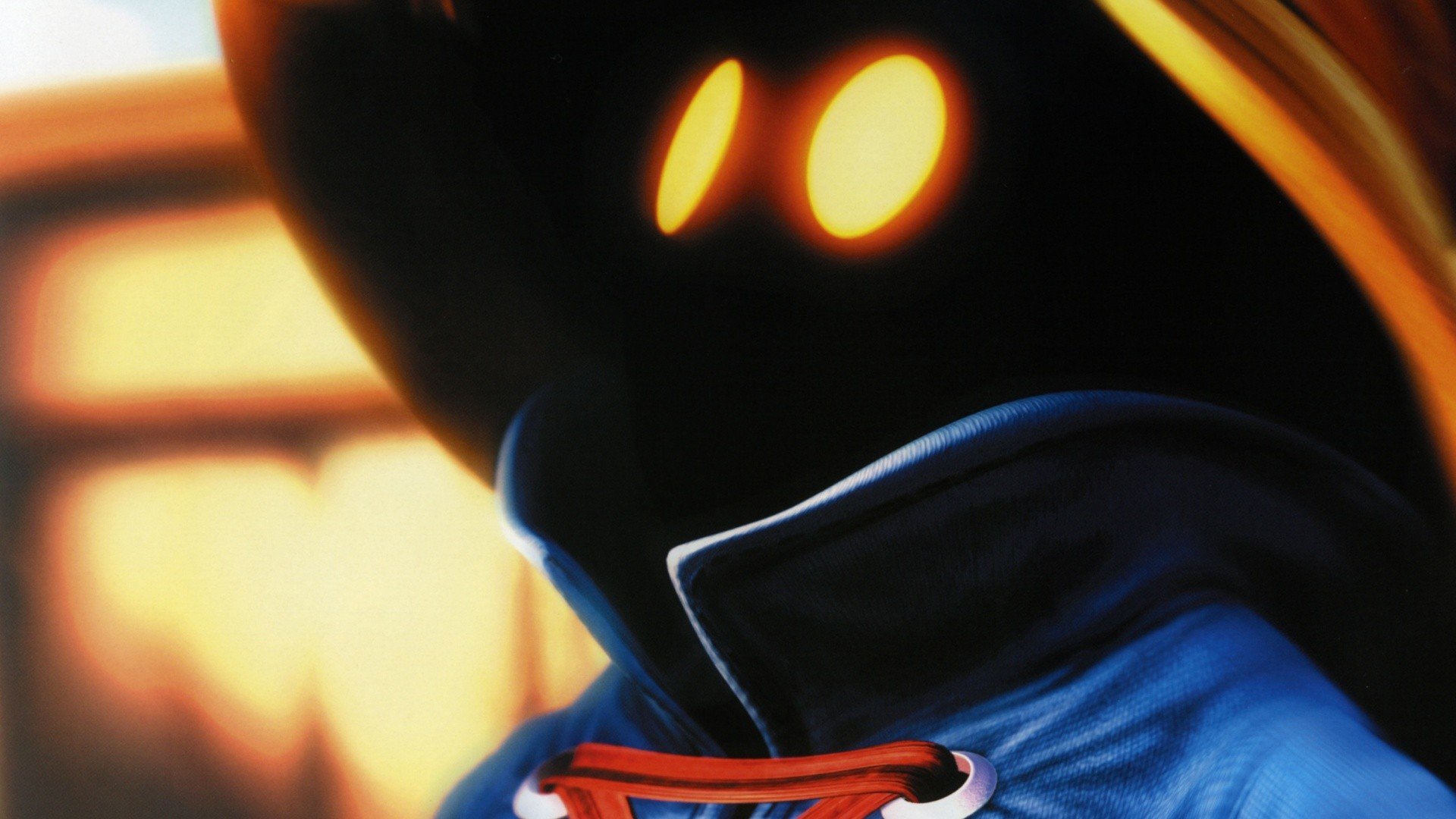I have an SSD from a PC I no longer use. I need to keep a copy of all its data for backup purposes. The problem is that dd reports "Input/output error"s when copying from the drive. There seem to be 20-30 of them in the entire 240GB drive so it is likely that most or all of my data is still intact.
What I’m concerned about is whether these input/output errors can cause issues in the image outside of the particular bad blocks. How does dd handle these errors? Will they be eg zeroed in the output or will the simply be missing? If they are simply missing will the filesystem be corrupted because the location of data has been shifted? If so, what tool should I be using to save what can be saved?
EDIT: Thanks for the help guys. I went with ddrescue and it reports to have saved 99.99% of the data. I guess there could still be significant loss if the 0.01% happens to be on filesystem structures, but in this case maybe I can use an undeleter or similar utility to see if I can get back the files. In any case, I can work at my leisure now that I have a copy of the data on non-failing storage.
Try
ddrescue? That’s usually pretty good at retrying repeatedly to read dodgy sectors.You may not be able to recover these sectors, re-reading from failing NAND isn’t always as easy as just re-trying a failed sector on an HDD, so once you’ve got your image you’ll probably have to do some filesystem repair on it. Be sure you keep a clean copy of the image and do your repair against a copy of that, otherwise you’re at risk of corrupting your only copy further.
This is exactly what you should do. Additionally, don’t forget to use a map file. Check the man page for information about this.
With platters, you can sometimes attempt to freeze a disk in a ziplock bag (to prevent condensation). NAND is totally different, but it might not hurt to try it, especially if you have some cold solder joints. Do whatever recovery you can without these tricks first, though.
Also, bear in mind that if you have a failing disk, you might get many more failures soon. Make good choices and work quickly to get your backup image.
Use ddrescue… but if there are lots of errors what you get back might not be that useful. Once you have a full image mount it loopback (losetup -Pf) and get the files that way.
Don’t try to mount the ssd directly as you can make things worse if the OS tries to write to it.
Do you need an exact clone or just files? If they latter, mount the drive and use rsync to get what you can instead?
I already have done an rsync copy. I noticed that some files failed to transfer and I thought that maybe the drive is failing. Wanting to attempt to debug and possibly rescue some more data (eg parts of big files that failed to transfer completely) without messing with the original copy, I tried
ddand that’s how we got here.Also this was a Windows system that was used daily by a family member and has a lot of installed background/tray services with saved logins. I imagine I could figure out everything there is to keep in an rsync clone, but it might be easier to have an image that I can try to mount to a VM and inspect “internally”.
So I don’t need the clone strictly speaking but it would be nice to have. Plus, I would like to know the answer for the future as well.
A good point to suggest an alternate OS if they have no specific proprietary apps they rely on. Windows is a janky mess these days.
In addition to rsync as phx mentioned, you can use photorec to get a deeper scan



